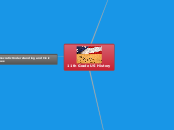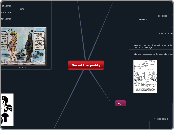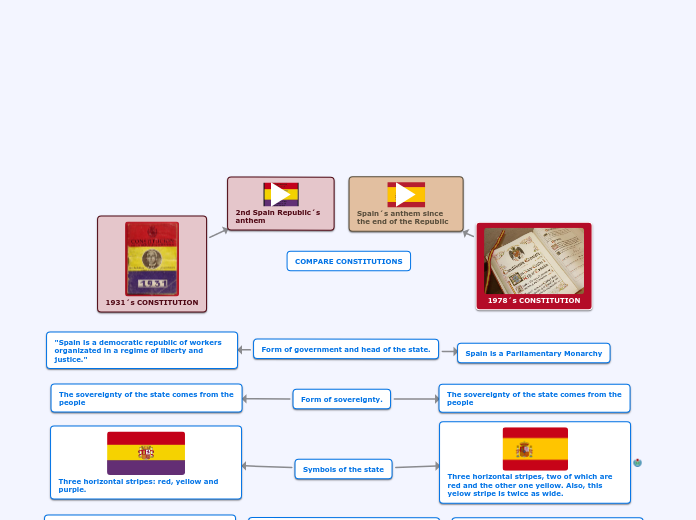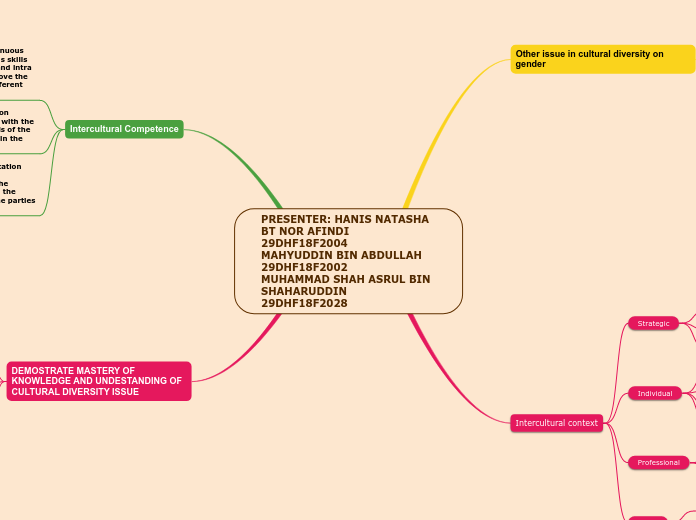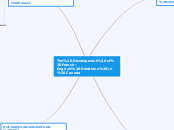11th Grade US History
Democratic Understanding and Civic Values
Civic Values, Rights, and Responsibilities
11.10.6 Analyze the passage and effects of civil rights and voting rights legislation (e.g., 1964 Civil Rights Act, Voting Rights Act of 1965) and the Twenty-Fourth Amendment, with an emphasis on equality of access to education and to the political process.
Constitutional Heritage
11.1.3 Understand the history of the Constitution after 1787 with emphasis on federal versus state authority and growing democratization.
11.1.1 Describe the Enlightenment and the rise of democratic ideas as the context in which the nation was founded.
National Identity
11.5.4 Analyze the passage of the Nineteenth Amendment and the changing role of women in society.
11.3.1 Describe the contributions of various religious groups to American civic principles and social reform movements (e.g., civil and human rights, individual responsibility and the work ethic, antimonarchy and self-rule, worker protection, family-centered communities).
11.3.4 Discuss the expanding religious pluralism in the United States and California that resulted from large-scale immigration in the twentieth century.
Skills Attainment and Social Participation
Basic Study Skills
CCSS.ELA-Literacy.RH.11-12.1 Cite specific textual evidence to support analysis of primary and secondary sources, connecting insights gained from specific details to an understanding of the text as a whole.
CCSS.ELA-Literacy.WHST.11-12.8 Gather relevant information from multiple authoritative print and digital sources, using advanced searches effectively; assess the strengths and limitations of each source in terms of the specific task, purpose, and audience; integrate information into the text selectively to maintain the flow of ideas, avoiding plagiarism and overreliance on any one source and following a standard format for citation.
H-SS AS: Students use a variety of maps and documents to interpret human move ment, including major patterns of domestic and international migration, changing environmental preferences and settlement patterns, the frictions that develop between population groups, and the diffusion of ideas, techno- logical innovations, and goods.
CCSS.ELA-Literacy.WHST.11-12.1.d Establish and maintain a formal style and objective tone while attending to the norms and conventions of the discipline in which they are writing.
Participation Skills
CCSS.ELA-Literacy.WHST.11-12.7 Conduct short as well as more sustained research projects to answer a question (including a self- generated question) or solve a problem; narrow or broaden the inquiry when appropriate; synthesize multiple sources on the subject, demonstrating understanding of the subject under investigation.
H-SS AS: Students construct and test hypotheses; collect, evaluate, and employ information from multiple primary and secondary sources; and apply it in oral and written presentations.
CCSS.ELA-Literacy.WHST.11-12.6 Use technology, including the Internet, to produce, publish, and update individual or shared writing products in response to ongoing feedback, including new arguments or information.
Critical Thinking Skills
CCSS.ELA-Literacy.RH.11-12.3 Evaluate various explanations for actions or events and determine which explanation best accords with textual evidence, acknowledging where the text leaves matters uncertain.
H-SS AS: Students distinguish valid arguments from fallacious arguments in historical interpretations.
CCSS.ELA-Literacy.WHST.11-12.2.b Develop the topic thoroughly by selecting the most significant and relevant facts, extended definitions, concrete details, quotations, or other information and examples appropriate to the audience’s knowledge of the topic.
H-SS AS: Students show the connections, causal and otherwise, between particular historical events and larger social, economic, and political trends and developments.
CCSS.ELA-Literacy.RH.11-12.8 Evaluate an author’s premises, claims, and evidence by corroborating or challenging them with other information.
H-SS AS: Students evaluate major debates among historians concerning alternative
interpretations of the past, including an analysis of authors’ use of evidence and the distinctions between sound generalizations and misleading over- simplifications.
Knowledge and Cultural Understanding
Sociopolitical Literacy
11.4.5 Analyze the political, economic, and social ramifications of World War I on the home front.
11.1.2 Analyze the ideological origins of the American Revolution, the Founding Fathers' philosophy of divinely bestowed unalienable natural rights, the debates on the drafting and ratification of the Constitution, and the addition of the Bill of Rights.
Economic Literacy
11.2.6 Trace the economic development of the United States and its emergence as a major industrial power, including its gains from trade and the advantages of its physical geography.
11.6.1 Describe the monetary issues of the late nineteenth and early twentieth centuries that gave rise to the establishment of the Federal Reserve and the weaknesses in key sectors of the economy in the late 1920s.
11.2.5 Discuss corporate mergers that produced trusts and cartels and the economic and political policies of industrial leaders.
Geography Literacy
11.9.3 Trace the origins and geopolitical consequences (foreign and domestic) of the Cold War and containment policy
11.9.2 Understand the role of military alliances, including NATO and SEATO, in deterring communist aggression and maintaining security during the Cold War.
11.11.5 Trace the impact of, need for, and controversies associated with environmental conservation, expansion of the national park system, and the development of environmental protection laws, with particular attention to the interaction between environmental protection advocates and property rights advocates.
Cultural Literacy
11.5.6 Trace the growth and effects of radio and movies and their role in the worldwide diffusion of popular culture.
11.2.4 Analyze the effect of urban political machines and responses to them by immigrants and middle-class reformers.
11.2.3 Trace the effect of the Americanization movement.
Ethical Literacy
11.3.3 Cite incidences of religious intolerance in the United States (e.g., persecution of Mormons, anti-Catholic sentiment, anti-Semitism).
11.5.2 Analyze the international and domestic events, interests, and philosophies that prompted attacks on civil liberties, including the Palmer Raids, Marcus Garvey's "back-to-Africa" movement, the Ku Klux Klan, and immigration quotas and the responses of organizations such as the American Civil Liberties Union, the National Association for the Advancement of Colored People, and the Anti-Defamation League to those attacks.
11.10.2 Examine and analyze the key events, policies, and court cases in the evolution of civil rights, including Dred Scott v. Sandford, Plessy v. Ferguson, Brown v. Board of Education, Regents of the University of California v. Bakke, and California Proposition 209.
Historical Literacy
11.4.6 Trace the declining role of Great Britain and the expanding role of the United States in world affairs after World War II.
11.7.2 Explain U.S. and Allied wartime strategy, including the major battles of Midway, Normandy, Iwo Jima, Okinawa, and the Battle of the Bulge.
11.3.2 Analyze the great religious revivals and the leaders involved in them, including the First Great Awakening, the Second Great Awakening, the Civil War revivals, the Social Gospel Movement, the rise of Christian liberal theology in the nineteenth century, the impact of the Second Vatican Council, and the rise of Christian fundamentalism in current times.
